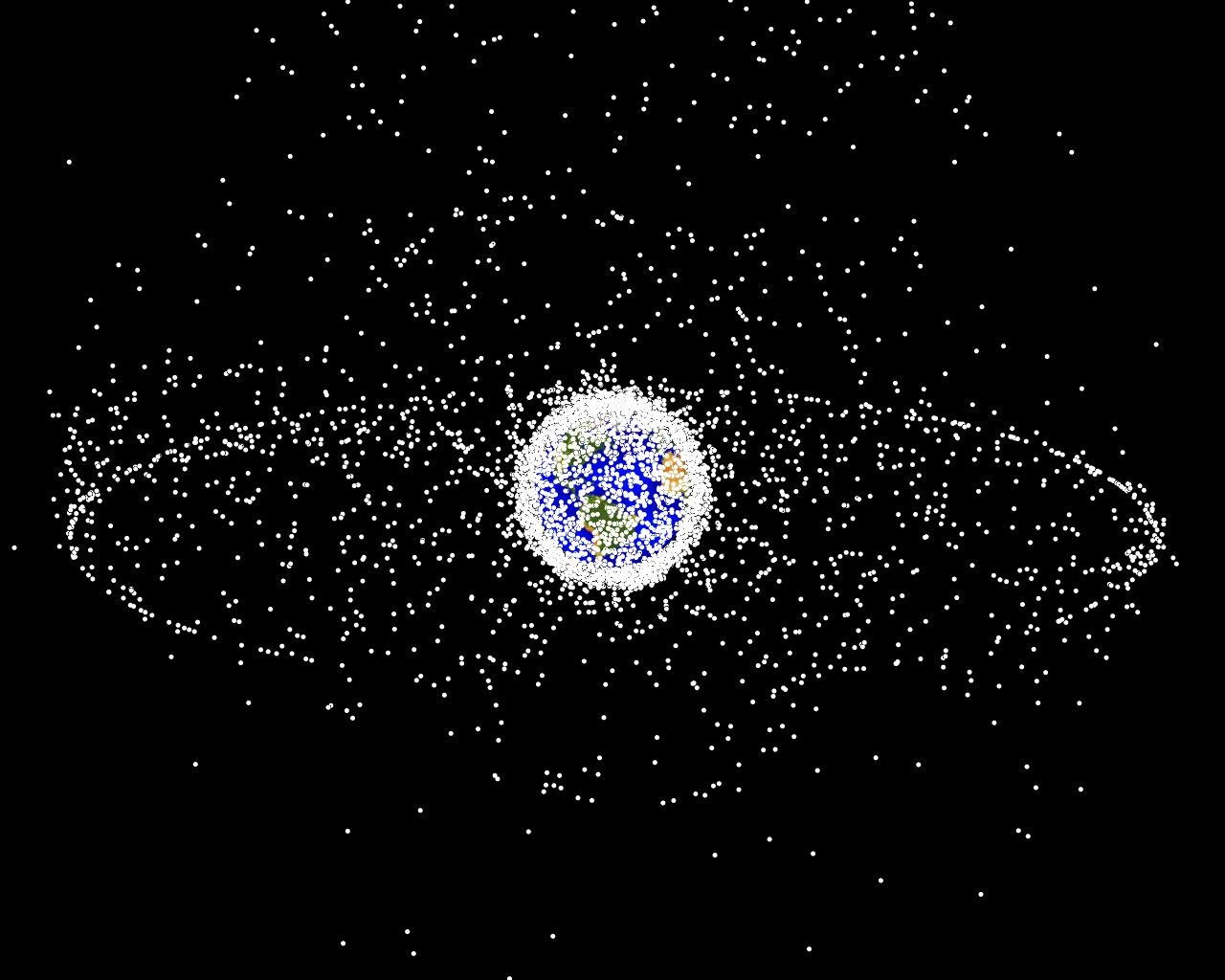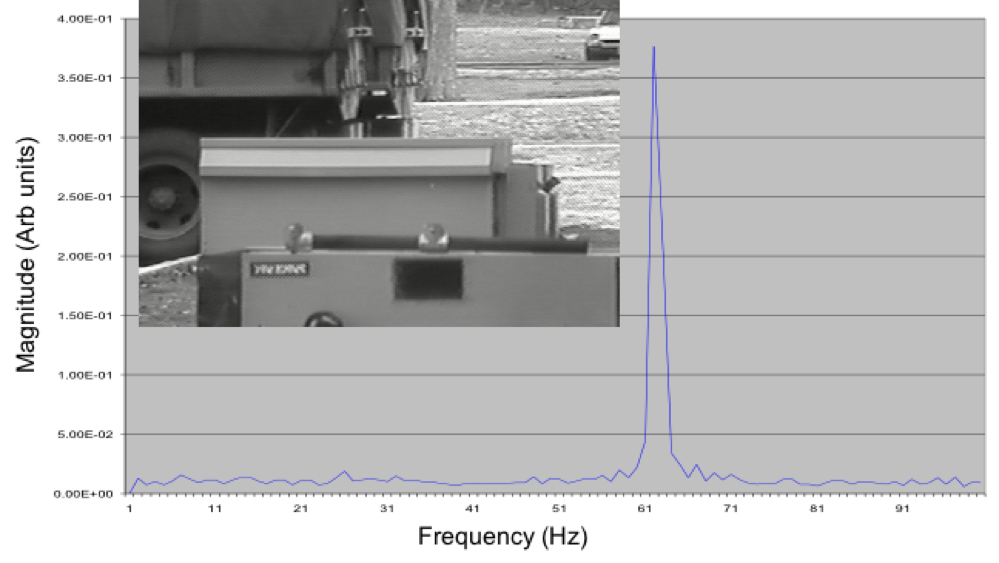Applications

Beyond Photonics has significant expertise in phenomenology, modeling, and development of lasers and lidar systems and in optimally applying these technologies to remote measurement problems. Our mission is to provide customers in both commercial and government with innovative and cost-effective solutions to difficult remote sensing challenges, from concept to product prototypes. The numerous application areas we have experience in include:
- Remote measurement of atmospheric aerosol properties and wind velocity
- Long-distance sensing of biological and chemical constituents and potential hazards
- Detection and tracking of hard targets from both the ground and airborne platforms
- Long-distance hard-target target imaging and identification
Please contact us for design and development of lasers or lidar systems for these or other applications.

Beyond Photonics has extensive experience in optimally applying Doppler lidar to the measurement of atmospheric wind speed and direction. Beyond Photonics’ short-wave infrared (SWIR) lidar technologies permit very accurate (sub-meter/sec) long-range (many kilometers) measurements of the wind speed and direction; useful in many meteorological, climate modeling, aviation, and wind energy sectors. Aerosol properties can also be remotely measured using multiple wavelength and polarization lidar systems. The SWIR laser wavelengths used are typically in the eye-safe region beyond 1.4 µm and can be safely employed in both civilian commercial and military applications. Global wind measurements from an orbiting space platform is an objective of NASA and NOAA, and Beyond Photonics is currently developing lidar technologies compatible with this future mission.
Biological & Chemical Sensing
Many airborne chemical and biological hazards exhibit absorption spectra in the short- and mid-wave infrared wavelength regions, allowing very sensitive spectroscopic measurements of their concentration and transport characteristics over time. Examples include: precision remote measurement of the atmospheric concentration of carbon dioxide, methane, and water vapor greenhouse gases; pollution monitoring; and chem-bio weapons identification and tracking. The Beyond Photonics team has experience in the design, development, and fielding of direct detection lidar systems for these applications.
Hard Target Detection & Tracking

Direct and coherent detection lidar techniques can be used to detect the presence of and, as necessary, track the motion of hard targets like ground vehicles, aircraft, or missiles from both ground and airborne platforms. The Beyond Photonics team has experience in dealing with the complications of highly sensitive detection and precision tracking of both slow and fast-moving targets at long range. Applications include lidar sensors for autonomous vehicle navigation, hazardous object detection and tracking, and numerous military applications from the ground, sea, and air. For example, could be used to track orbital debris (as illustrated in the image).
Hard-Target Imaging & Identification
Advanced laser remote sensing techniques can be extended to long-range (many km) multiple-pixel imaging applications in order to characterize in detail hard targets including: facilities and ground-based and airborne vehicles. Specific lidar implementations allow for both actively illuminated camera-like 2D imaging techniques as well as 3D imaging through the use of the range-measurement capability of pulsed direct detection lidar or pulsed or frequency-modulated coherent detection lidar. Coherent lidar systems also allow synthetic images to be constructed with cross-range resolution better than is possible with passive imaging or direct detection lidar imaging systems and sensitive remote measurement of target vibration spectra. The vibration signature information is useful for remotely assessing the type, state of operation, and health of remotely-located machinery. The Beyond Photonics team has extensive experience in the design, development, and fielding of lidar systems for precision long-range lidar-based imaging and vibration sensing.




